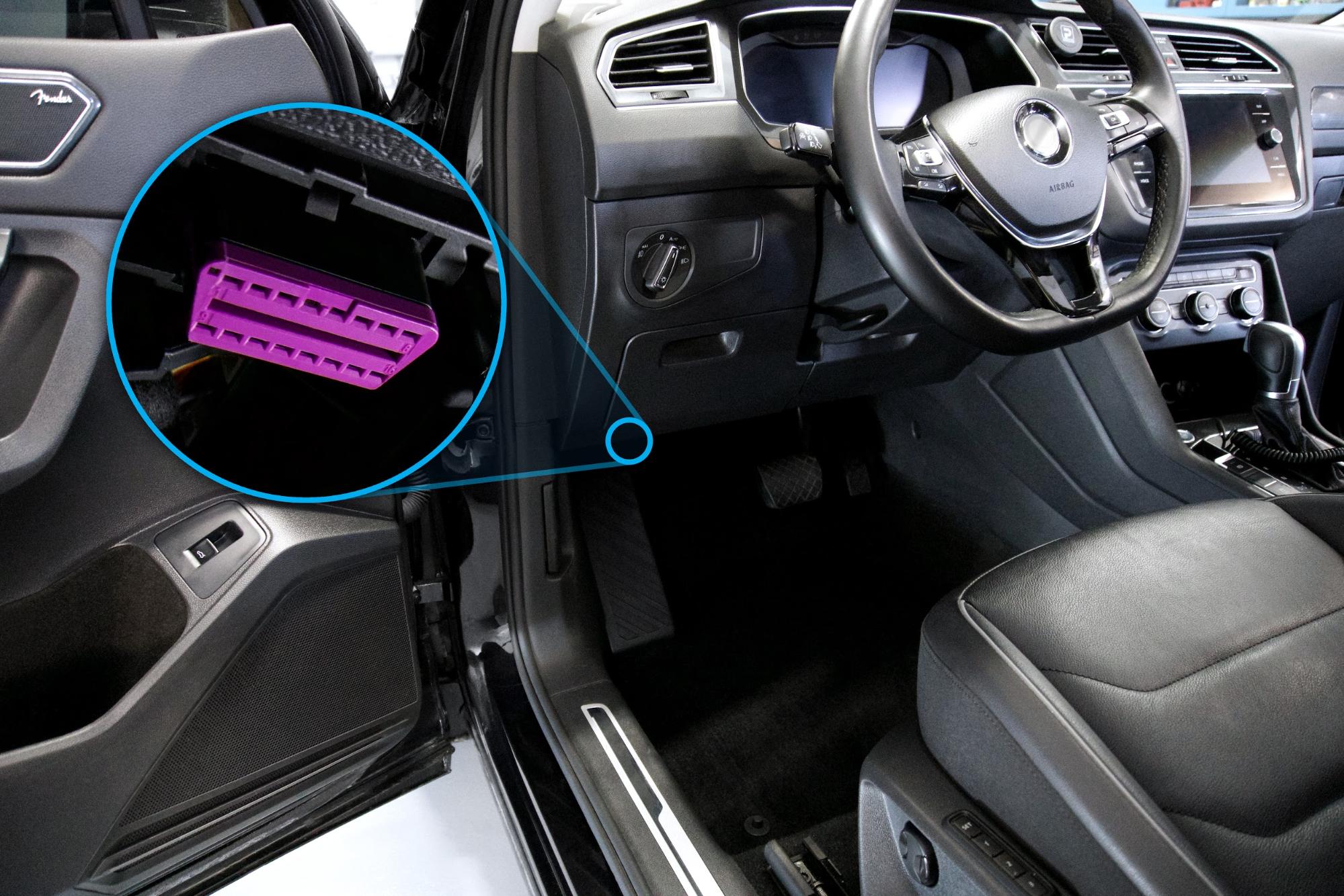OBD2: Your Ultimate Guide to On-Board Diagnostics
Table of Contents
🔍 What is OBD2?
OBD2 (On-Board Diagnostics II) is a standardized system that monitors your vehicle’s performance, emissions, and engine health. Introduced in 1996 (US) and 2001–2003 (EU), it helps drivers and mechanics diagnose issues, reduce harmful emissions, and optimize fuel efficiency.
📜 History of OBD2
| Year | Milestone |
|---|---|
| 1996 | Mandatory in all US vehicles. |
| 2001 | EU adopts OBD2 for petrol engines. |
| 2003 | EU extends OBD2 to diesel engines. |
💡 Why OBD2 Matters
- Emissions Control: Tracks systems like catalytic converters, oxygen sensors, and EGR valves to reduce pollution.
- Error Code Reading: Deciphers codes (e.g., P0420 = catalytic converter issues) for faster repairs.
- Real-Time Data: Monitors fuel trim, engine load, and coolant temperature to improve driving habits.
- Emergency Fixes: Clear codes to exit “limp mode” temporarily (e.g., during road trips).
🔧 How OBD2 Works
- Diagnostic Port: A 16-pin connector (see image below) under the dashboard, typically near the steering column.
- Scanners: Devices plug into the port to read codes and data.
- Software: Translates raw data into actionable insights (e.g., fuel economy stats).

📱 OBD2 Scanner Types
| Type | Pros | Cons | Best For |
|---|---|---|---|
| USB | Affordable, stable connection | Requires a laptop, limited mobility | DIY enthusiasts on a budget |
| Bluetooth | Wireless, works with Android apps | Not iPhone-compatible | Android users, real-time tracking |
| Wi-Fi | iPhone-compatible, fast data | No internet while scanning | iOS users, advanced diagnostics |
⭐ Top OBD2 Software
| App/Software | Platform | Price | Key Features |
|---|---|---|---|
| Torque Pro | Android | $4.99 | Live data, custom dashboards |
| Dash Command | iOS/Android | $9.99 | Emissions readiness, trip analytics |
| FORScan | Windows | Free/Paid | Deep diagnostics for Ford/Lincoln |
📲 iPhone Compatibility Note
Apple restricts Bluetooth OBD2 access, so Wi-Fi scanners (e.g., Veepeak OBDCheck) are required for iOS. Popular apps:
- OBD Fusion ($9.99)
- Car Scanner ELM OBD2 (Free with in-app purchases)
🔋 Battery Drain Myth
Most scanners use minimal power (≤0.05A). Modern models auto-shut off, making battery drain rare.
🚀 How to Choose an OBD2 Scanner
- For Basic Use: $20 Bluetooth scanner + Torque Pro (Android).
- For Mechanics: Professional tools like Autel MaxiCOM ($300+).
- For iOS Users: Wi-Fi scanners paired with Dash Command.
❓ FAQ
Q: Can OBD2 work on any car?
A: Yes, if it’s a 1996+ US model or 2001+/2003+ EU petrol/diesel.
Q: Can I reset the “Check Engine” light permanently?
A: No—if the issue persists, the light will return.
Q: Are cheap scanners reliable?
A: ELM327-based scanners work for basics, but professional tools offer deeper diagnostics.
🛠 Pro Tips
- Track Fuel Economy: Use live MPG data to adjust driving habits.
- Pre-Trip Check: Scan for codes before long drives to avoid surprises.
- Invest in Updates: Some software requires subscriptions for advanced features.
✅ Conclusion
OBD2 empowers every driver to become their own mechanic. Whether you’re troubleshooting a check engine light or optimizing fuel efficiency, a $20 scanner and smartphone app are all you need to start.
(Need a scanner recommendation? Comment with your car model!)
Expand Your Automotive Knowledge 📝
Explore 500+ Free Expert-Curated Guides
🚗 Learn New Skills
From basic maintenance to advanced repairs — clear, actionable tutorials for every skill level.
🌍 Access Anywhere
Mobile-friendly guides with HD visuals. No downloads required.
- Guides & Tutorials
- Car Maintenance 101
- Diagnostics & Troubleshooting
- Seasonal Maintenance
- Budget-Friendly Repairs
- Electrical Systems Guide
- Car Safety & Reliability
- Tools & Product Reviews
- Routine Maintenance
- Car Modifications & Upgrades
- Buying/Selling Guides
- Eco-Friendly Car Care
- Advanced Repairs
- Car Laws & Compliance
- Emergency Repairs
- Future Car Tech